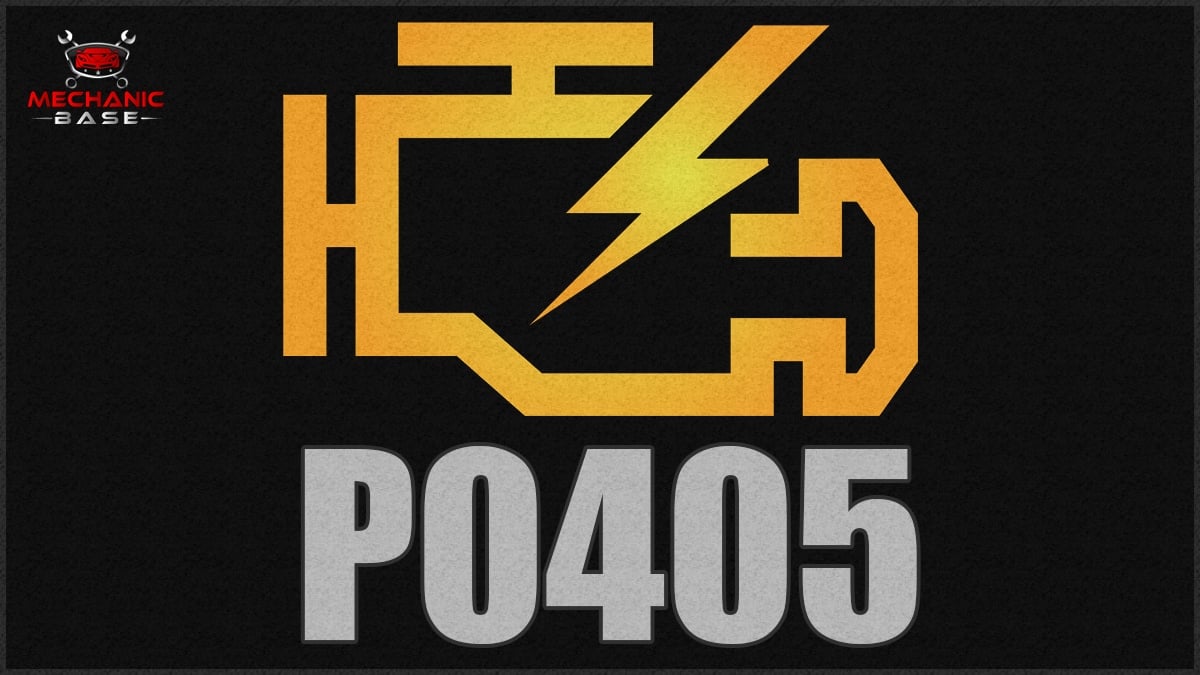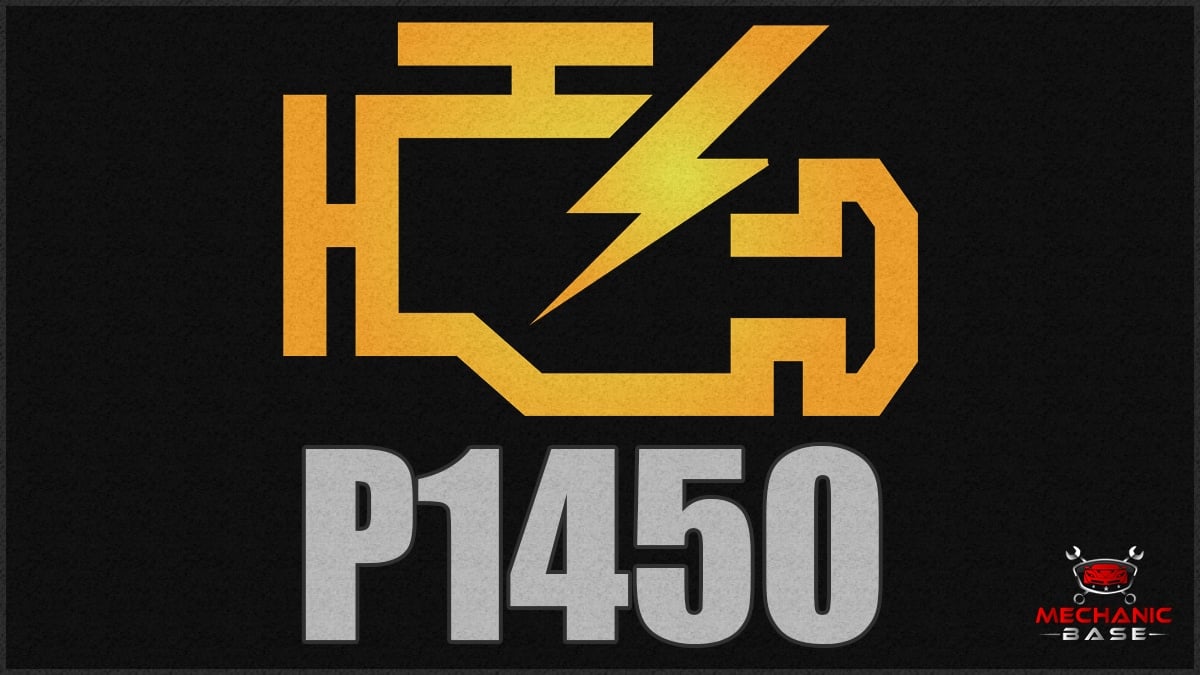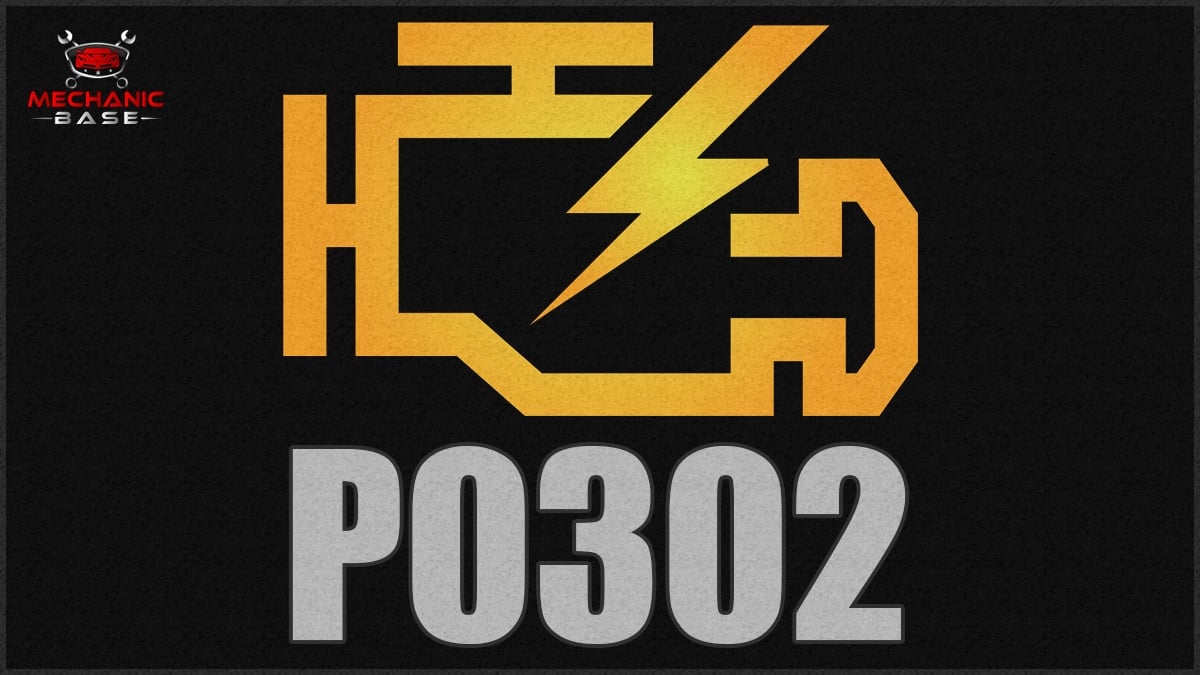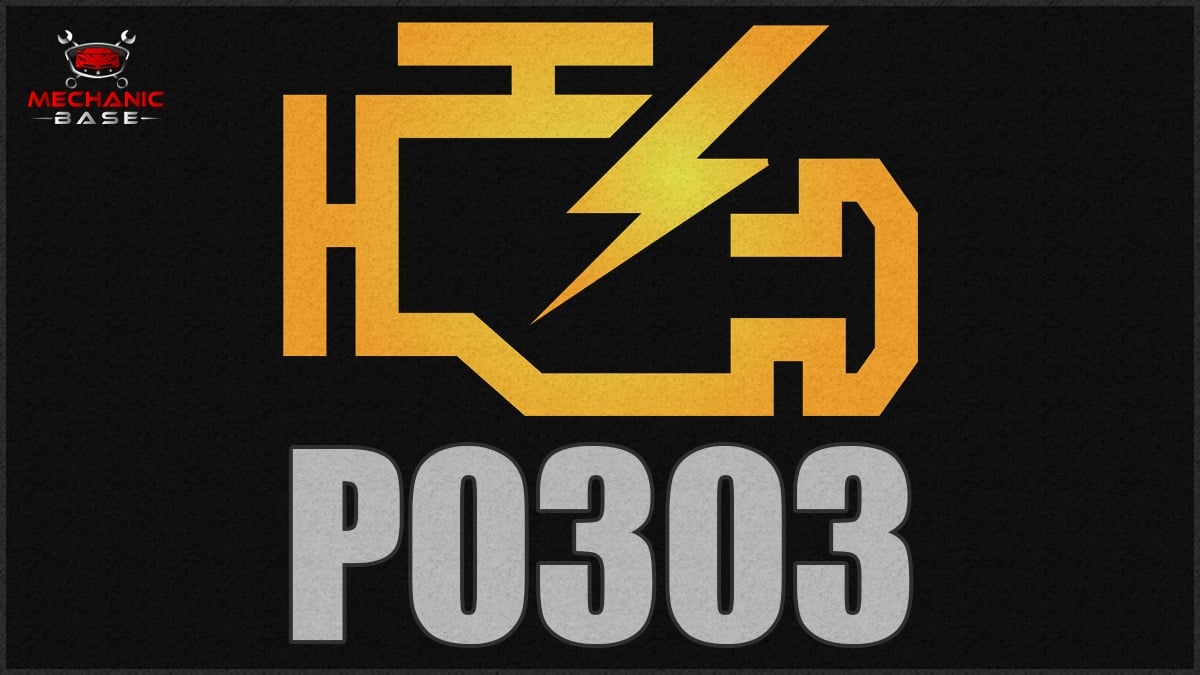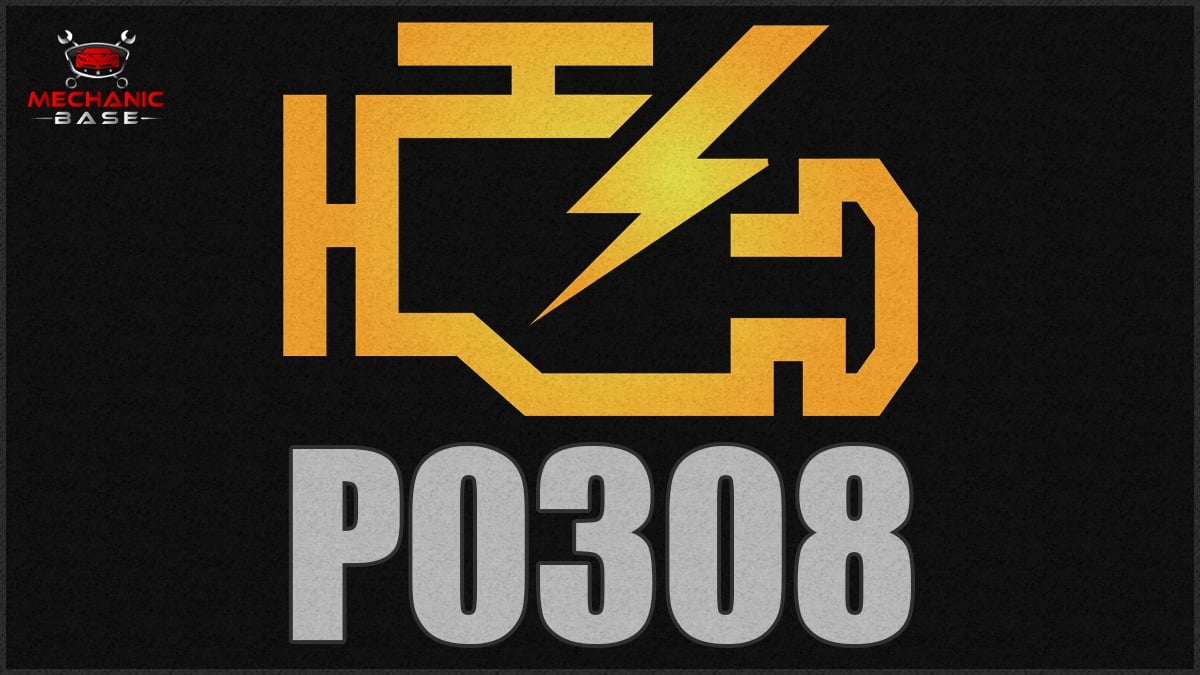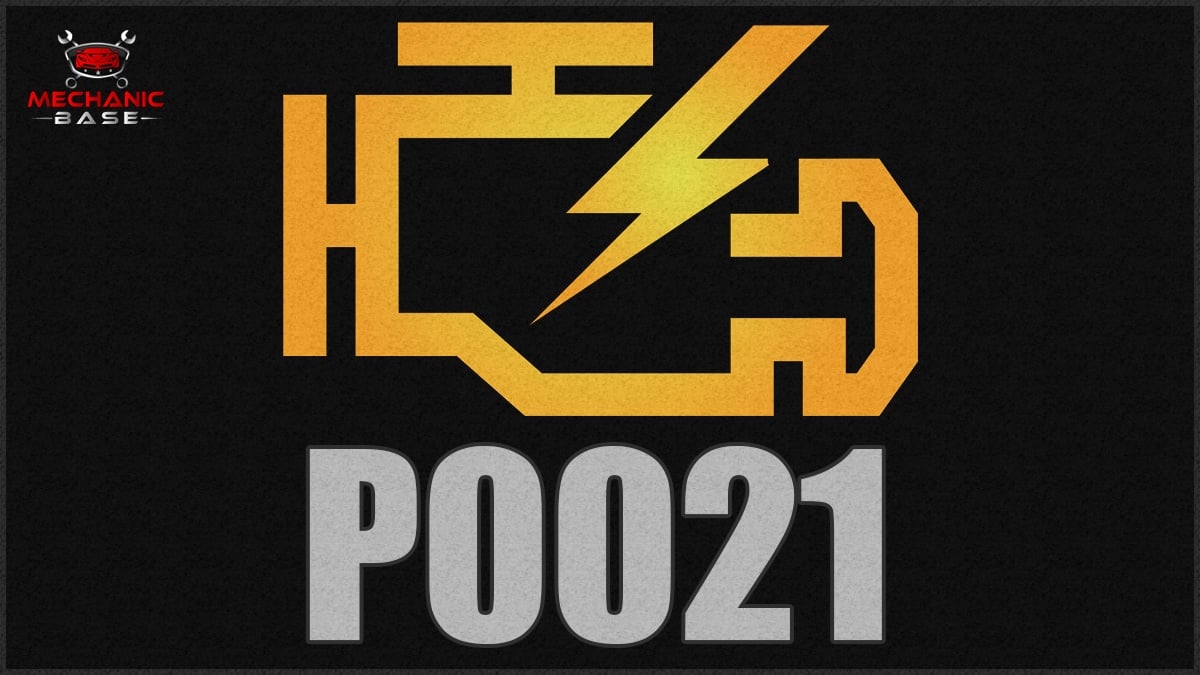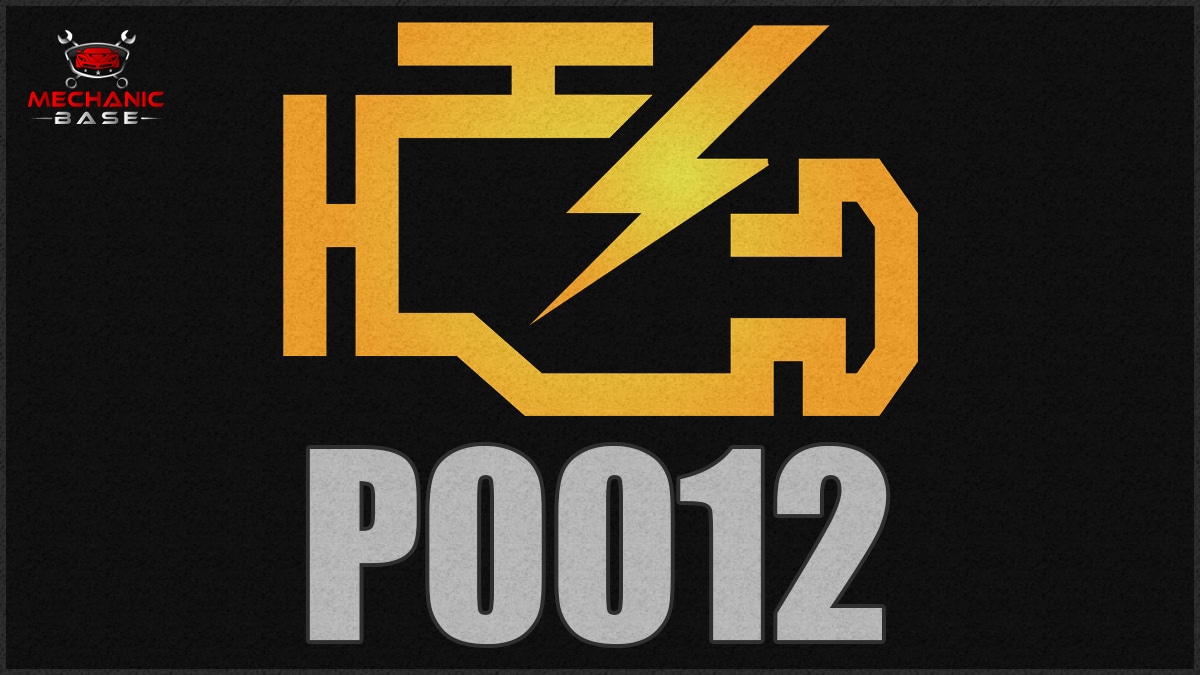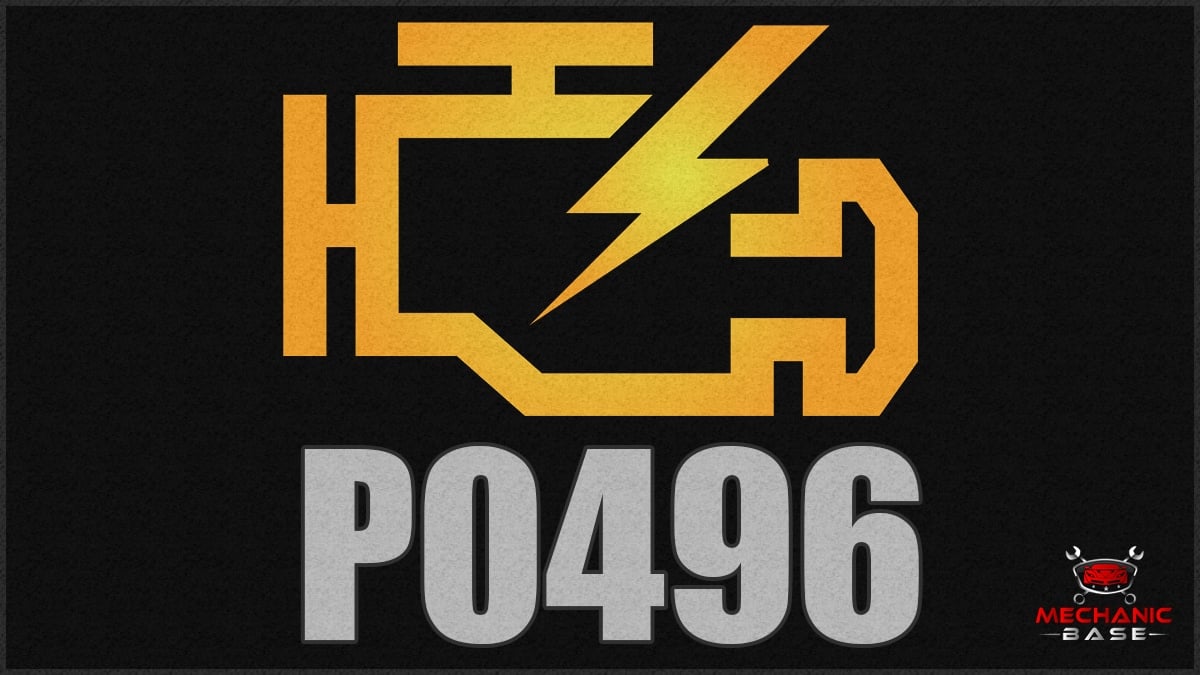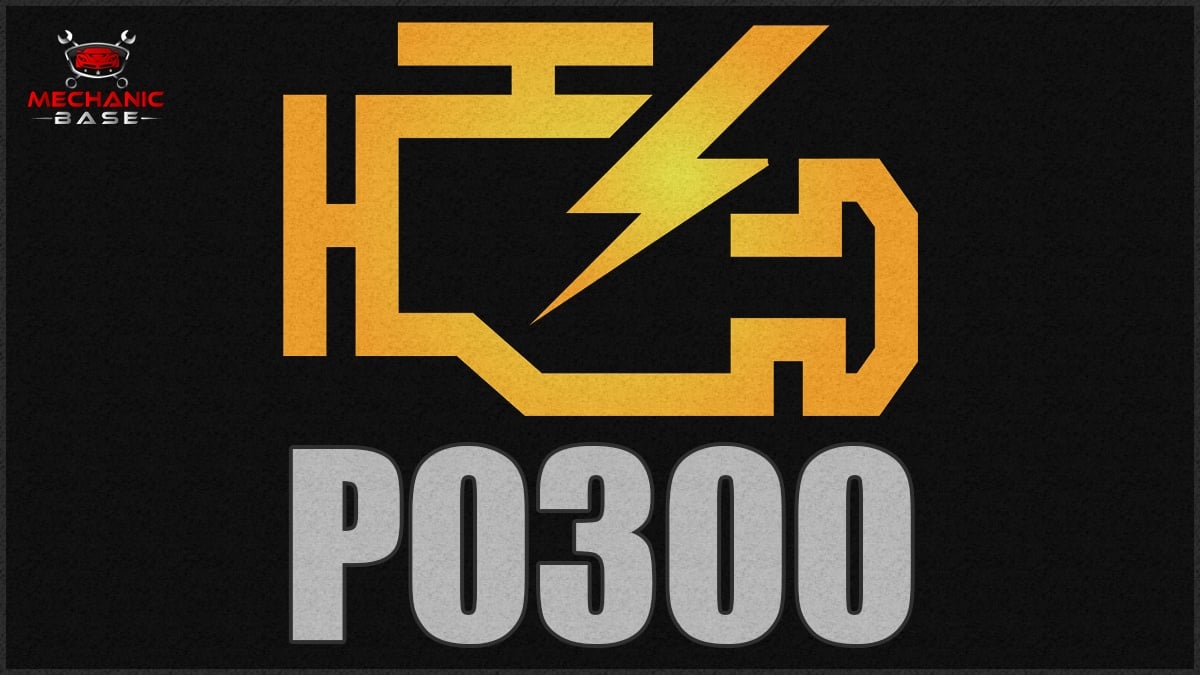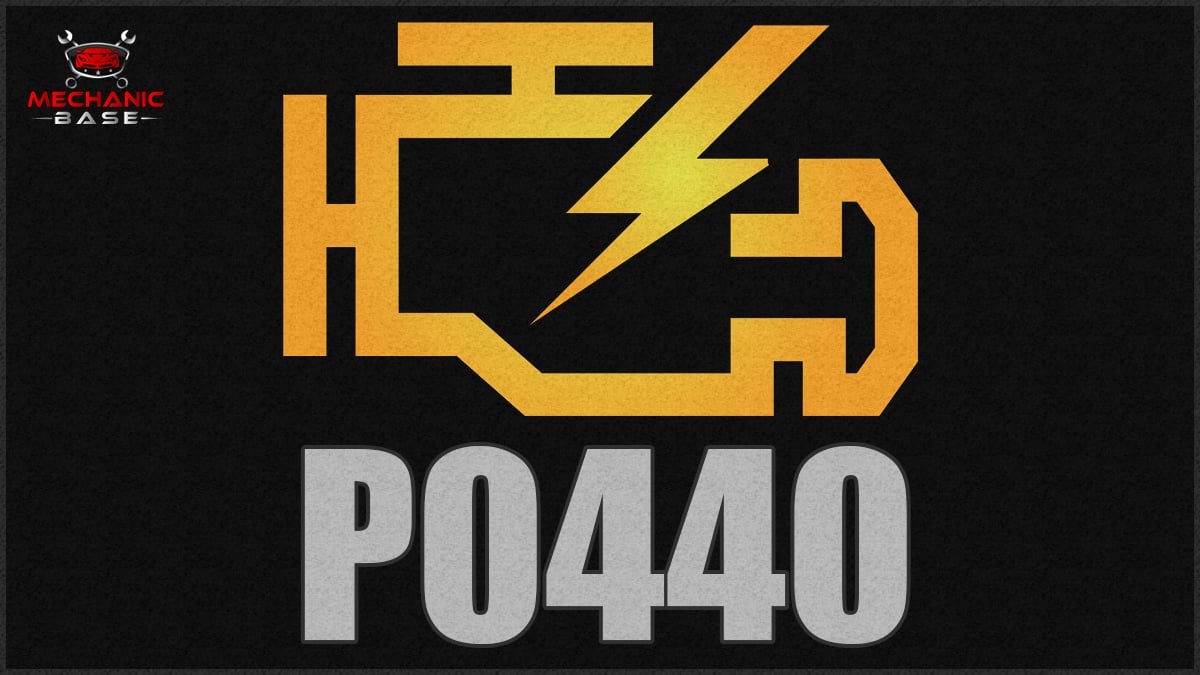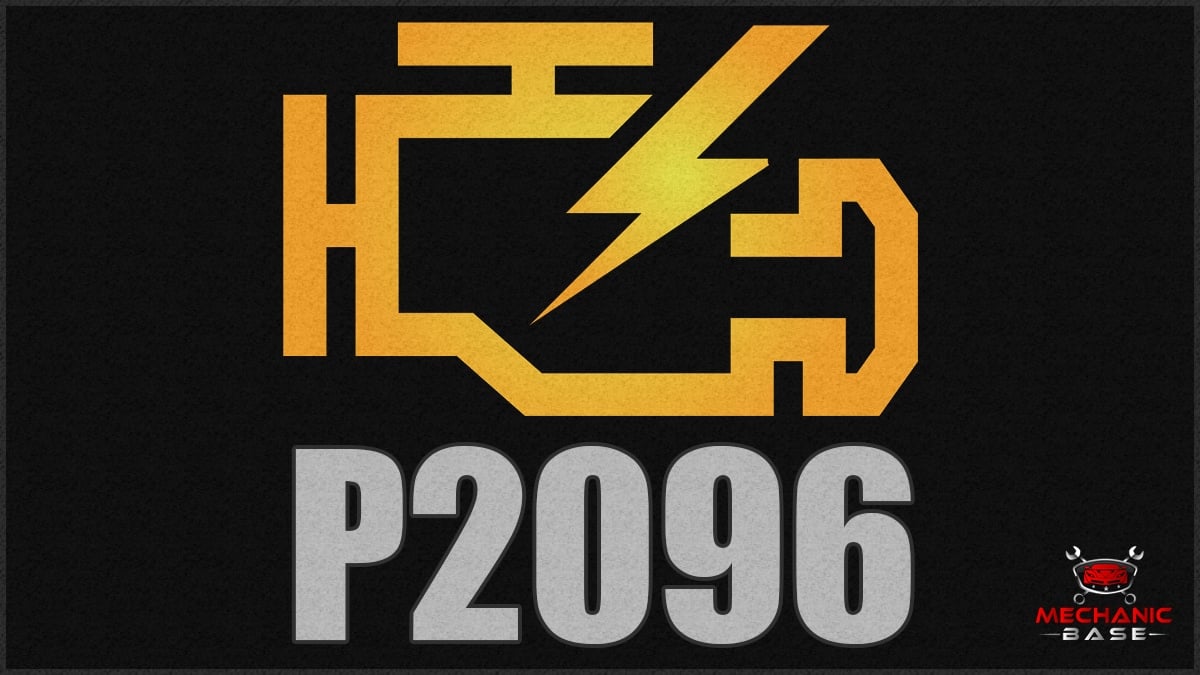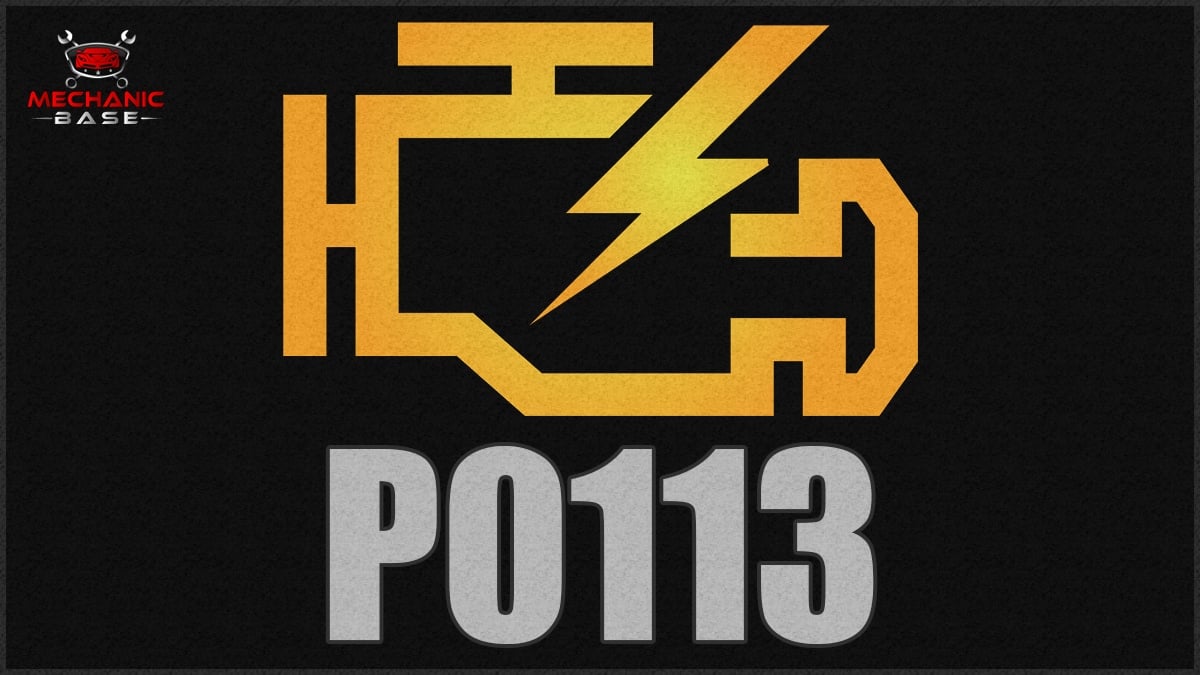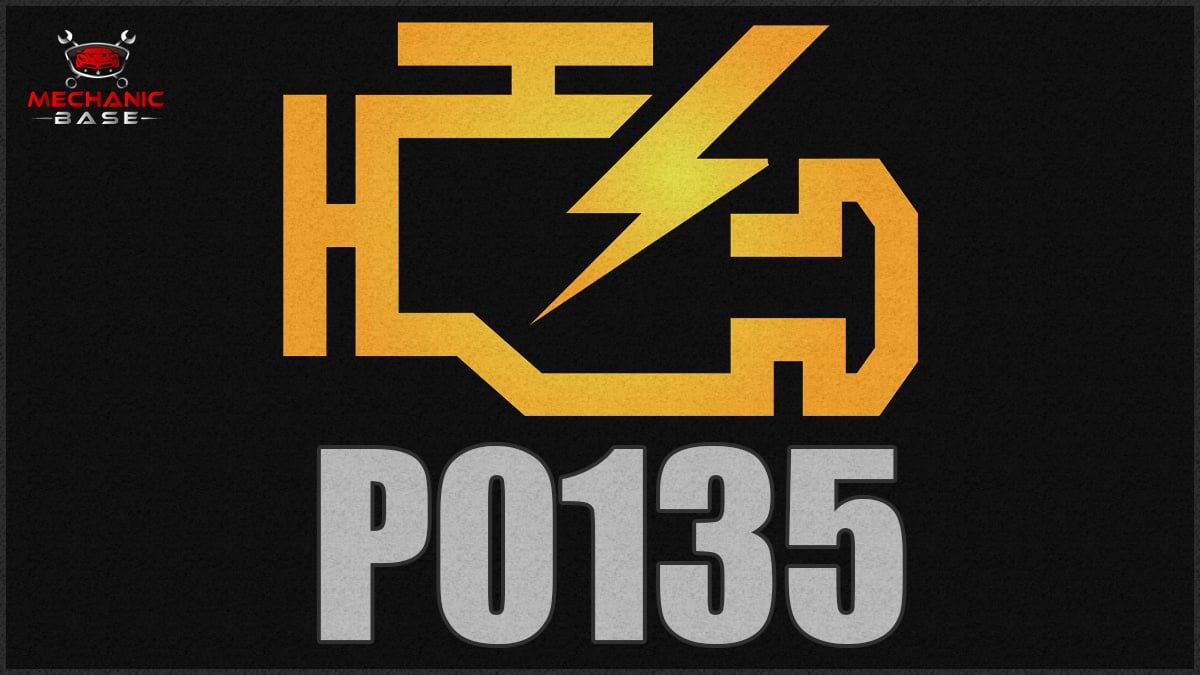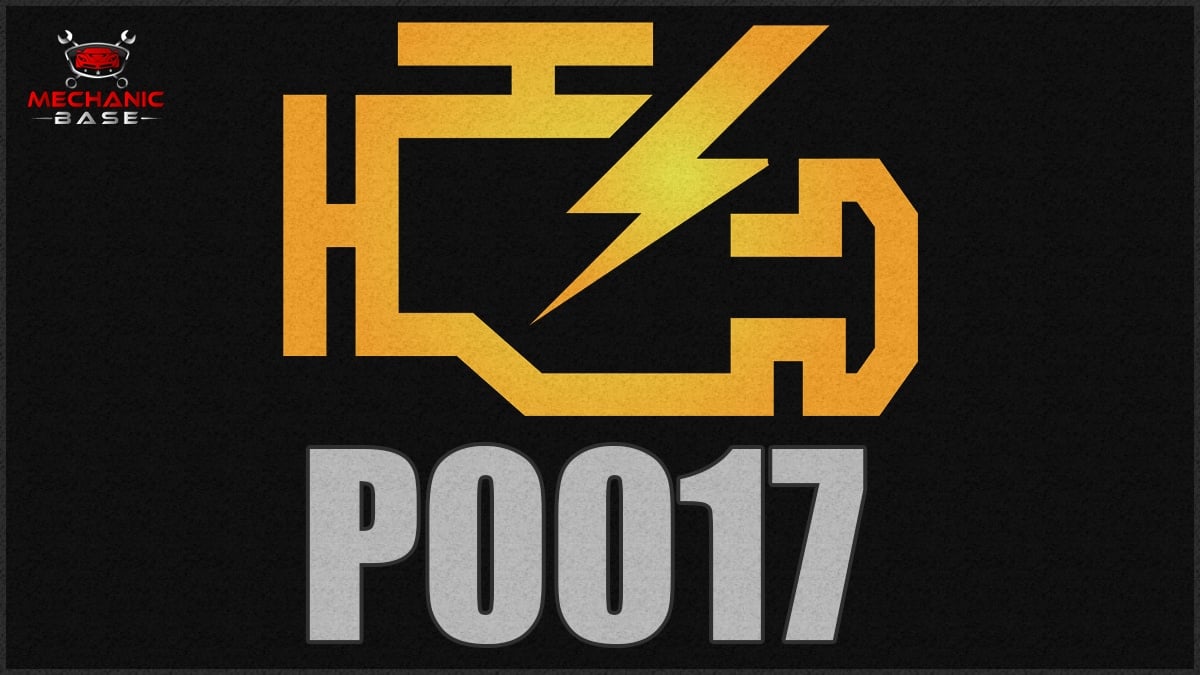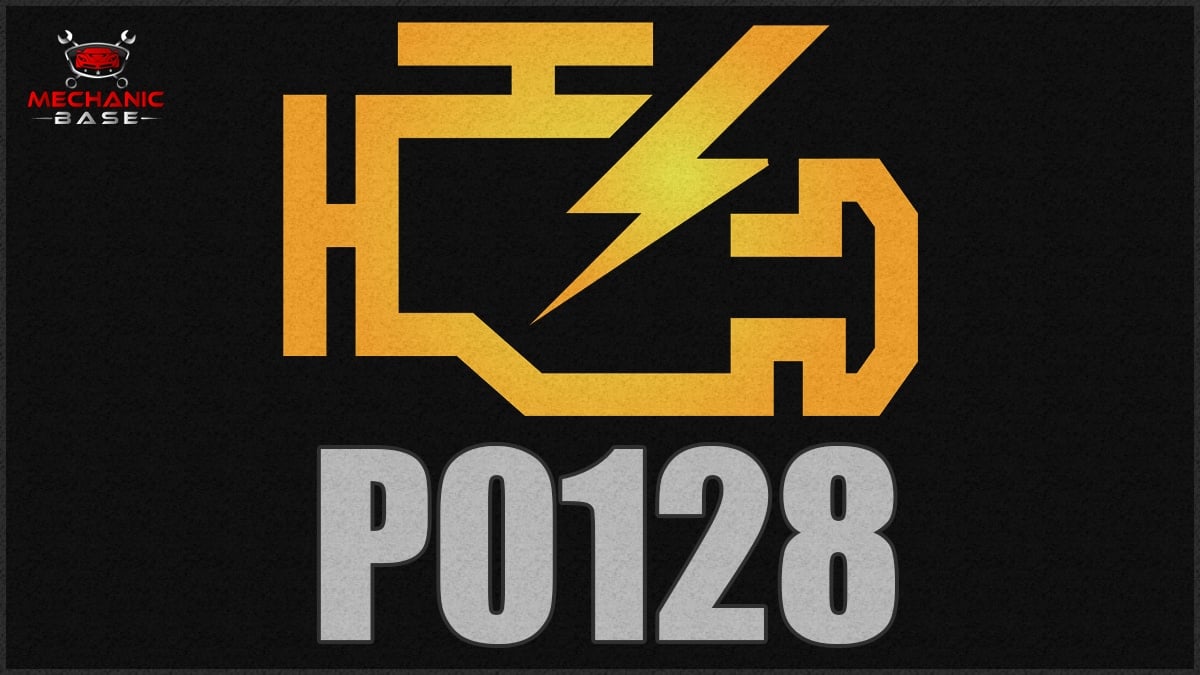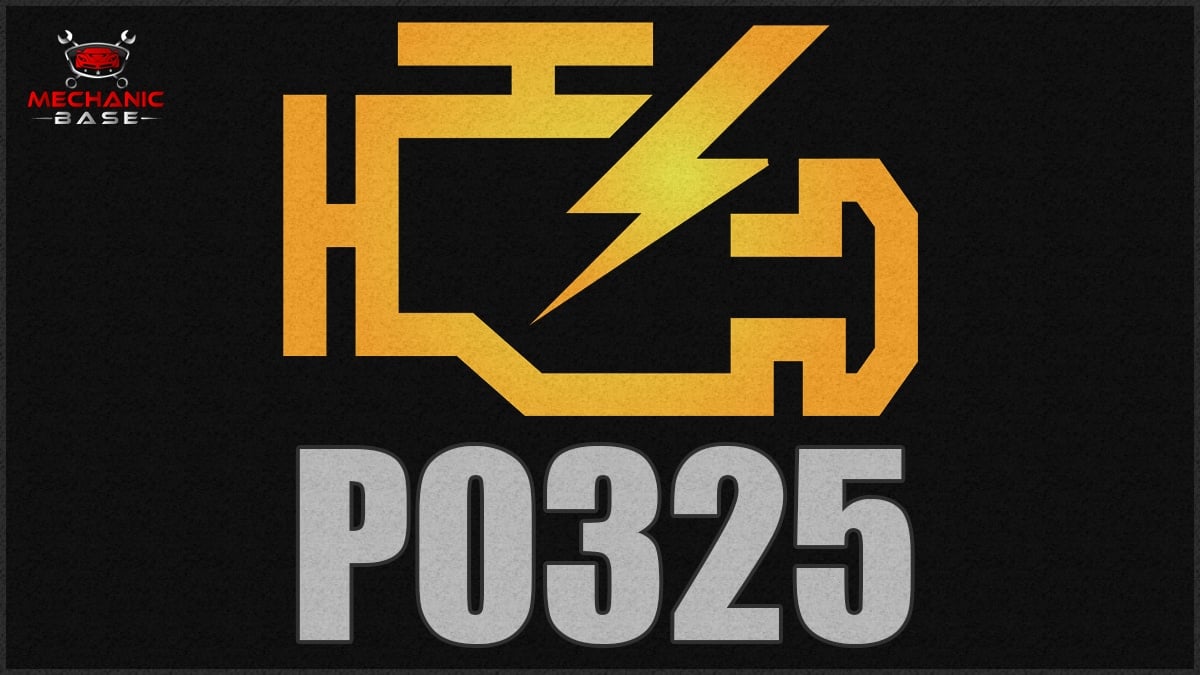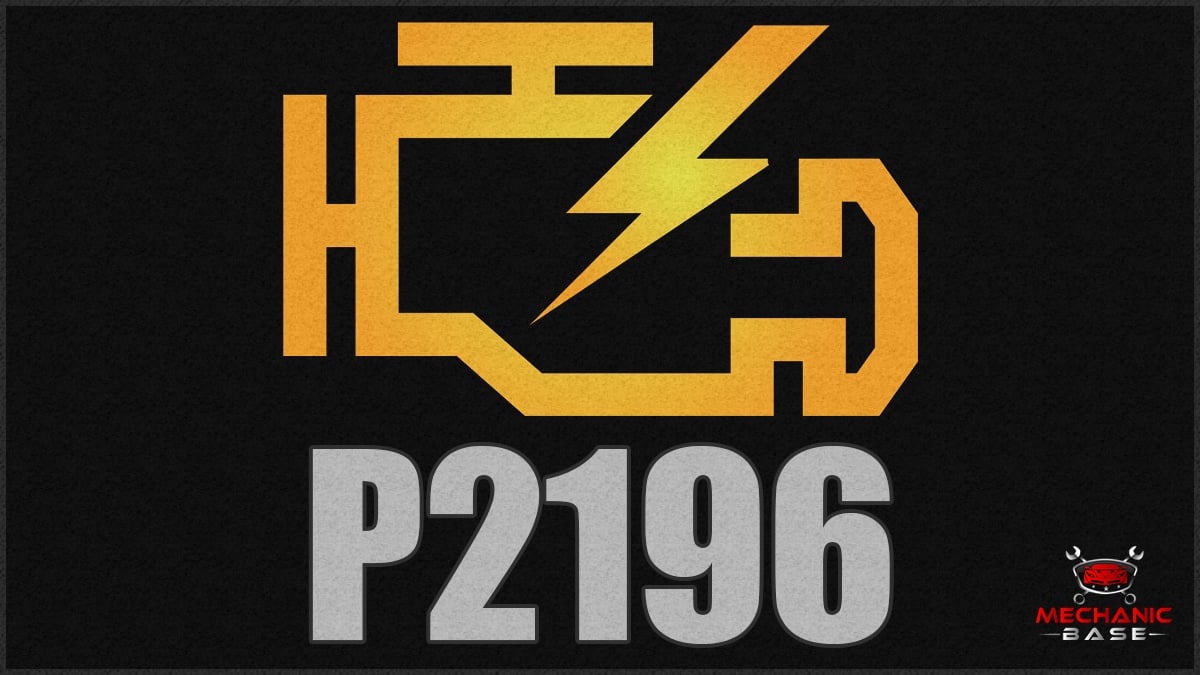The Check Engine Light is on and your heart has skipped a beat. You may have plugged in your scanner only to find the P0405. The P0405 trouble code can be a confusing one to discern because there aren’t usually symptoms associated with it.
That’s why we’ve put together this guide to help you understand the P0405 DTC meaning, causes and symptoms. We also show you how to diagnose it, examine a few possible repairs and offer answers to questions you have on your mind.
Code P0405 Definition
P0405 – Exhaust Gas Recirculation Sensor “A” Circuit Low
What Does the P0405 Code Mean?
P0405 is a generic code showing that the engine control module (ECM) determined that the exhaust gas recirculation (EGR) sensor has gone below the specified range. The ECM is designed to run through self-checks and evaluate if the sensor is working as intended. If the range is off, the Check Engine Light comes on.
The exhaust gas recirculation (EGR) system is responsible for mixing gas coming out of the exhaust system to the intake manifold air that is heading into the combustion chamber. Normally, there’s no more than ten percent exhaust gas in the mixture.
This exhaust gas helps displace the atmospheric air and reduces oxygen levels in the combustion chamber. By reducing the oxygen, the amount of fuel that can burn is also reduced, so peak in-cylinder temperatures are lower.
What Are The Symptoms Of P0405?
For the most part, you won’t notice any other symptoms other than the Check Engine Light when the P0405 code is set. However, there are some cases of other symptoms, depending on the severity of the fault. Here are a few to consider.
- Check Engine Light
- Failed emissions testing
- Decreased performance
- Reduced fuel economy
- Engine pinging
What Are The Causes of P0405?
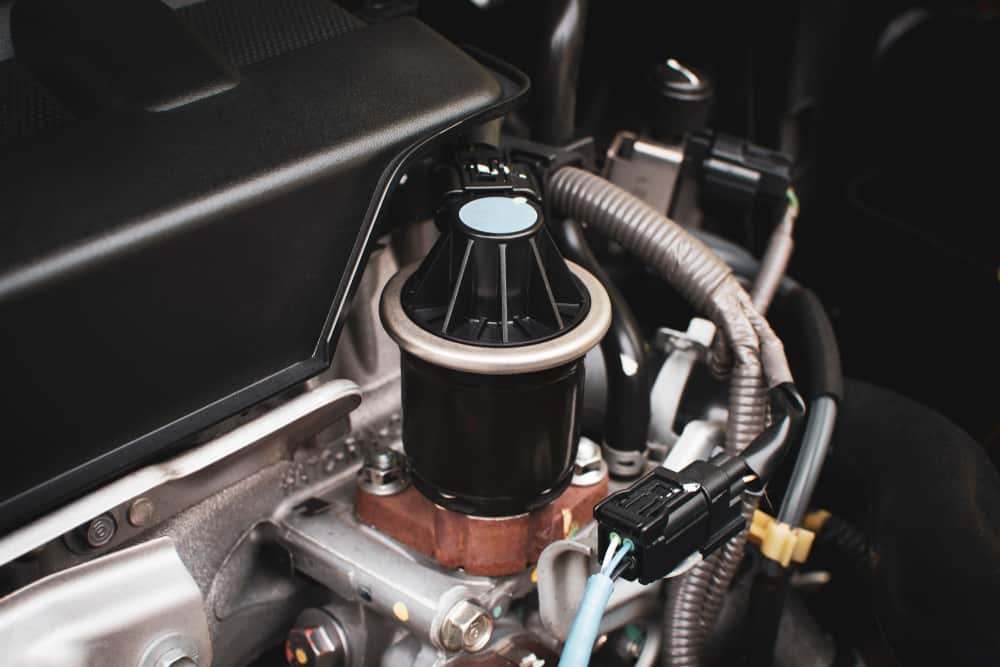
Most often, the problem is related directly to the EGR valve. It could be faulty or there might be a bad connection. Here are the most probable causes to consider, but this list is not a replacement for a proper diagnosis.
- Faulty EGR valve position sensor
- Defective EGR valve
- Malfunctioning differential pressure feedback electronic (DPFE) sensor
- Damaged or loose wiring/connectors
- ECM issues (rare)
How Serious is the P0405 Code?
Low – In most cases, you aren’t going to notice any issues with the car other than the Check Engine Light. You may not even think about it again until you fail an emissions test. However, you should have the problem repaired sooner than later for a few reasons.
First, you may be spending more on fuel than you need to and there’s no sense in wasting money. Secondly, you won’t know if a problem occurs with the car that is serious because the Check Engine Light remains on. Finally, you are allowing more pollution in the air than needed and that’s not good.
How Do I Fix the P0405 Code?
After you walk through our diagnosis steps below, you should know what’s wrong with the vehicle. The next step is to fix it. Here are a few of the possible fixes you might be dealing with.
- Replace EGR valve position sensor
- Replace EGR valve
- Replace differential pressure feedback electronic (DPFE) sensor
- Repair or replace wiring/connectors
- Update/replace ECM
Common P0405 Diagnosis Mistakes
Even as professional mechanics, we have a tendency to jump right to the most complicated possible problem. We usually want to replace the EGR valve with this code, but that’s not always the answer.
If you don’t perform a thorough diagnosis, you won’t know what needs to be repaired and you may throw money away on parts that you don’t need. Instead, make sure there’s not a simple problem, such as a loose connector or frayed wire. These are common occurrences and you may be able to fix it quickly.
How to Diagnose the P0405 Trouble Code?

If you have a professional scan tool, you can do most of the troubleshooting on your own. Here are some simple steps we recommend.
- Read all of the codes with a scan tool to see if there are others that need to be fixed. You can reference what you find in our trouble code library.
- Use the scan tool to force the EGR valve on. If it responds, you may be facing an intermittent problem. For example, the EGR valve can become frozen if there is an excessive amount of moisture or the weather is cold. If you let the vehicle warm up, you may notice that the code can be reset without a problem.
- If the valve doesn’t respond to your commands, disconnect the harness attached to the EGR.
- Put your key in the ignition and turn it ON, but don’t start the engine.
- Using your multimeter, measure the wire running to the EGR valve. It should read around 5 volts, depending on what make and model you drive. Check your service manual to be sure.
- If the reading is 12 volts, there’s a short somewhere that you must repair.
Of course, there’s always the chance that the ECM or PCM is the problem. In this case, a dealership or mechanic would need to update the module.
How Much Does It Cost To Fix Code P0405?
Depending on what needs to be repaired, the type of vehicle you drive and the average mechanic’s labor cost in your region, you are looking at a varied amount to have the car fixed. Here are a few estimates we have, keeping in mind that DIY is going to be cheaper.
- Replace EGR valve position sensor – $75 to $225
- Replace EGR valve – $350 to $475
- Replace differential pressure feedback electronic (DPFE) sensor – $125 to $250
- Repair or replace wiring/connectors – $50 to $550
- Update/replace ECM – $250 to $2,500
A Mechanic’s Tips About The P0405 Code
The ECM is responsible for measuring the flow from the EGR, but it does this in several ways.
- The amount of manifold pressure change at times when the EGR should be flowing
- Temperature increase in the passages of the EGR when it should be flowing
- Changes in the front oxygen sensor signal, typically decreasing
- Position change in the valve measured from the EGR valve position sensor
- Spark knock amount measured by the car’s knock sensor
- Exhaust back pressure decrease amount measured by the EGR pressure feedback sensor
In some cases, the P0405 code may not indicate a problem with the EGR at all. Instead, it could be a faulty EGR valve position sensor giving the wrong information to the ECM. If you want to learn more about what’s going on at the time that the code is set, look at the freeze frame data in your compatible scanner. This can give you more information about engine conditions and what might be causing the problem.
It’s also important to note that there’s a chance of the differential pressure feedback sensor failing, which could also lead to the same problem. However, if you are working through the proper diagnostic steps, you will be able to hunt down the issue, so it can be repaired properly.
Is code P0405 serious?
No, you may not even notice anything wrong with the vehicle because of this fault. With an EGR system problem, you are allowing more emissions into the atmosphere and the car will likely fail an emissions test, so you still want to have it fixed as soon as you can. Plus, repair is the only way to turn off the dashboard light.
Can I drive with a P0405 code?
Yes, the P0405 code shouldn’t affect how you drive your vehicle. Yet, it is going to cause the Check Engine Light to stay on until you resolve the problem. It also means the car probably won’t pass an emissions test, which can be a problem if it’s nearly time for an inspection.
How do you test an EGR valve?
You can use an advanced scan tool to force the EGR valve on. If that doesn’t work, you will have to dive deeper into diagnostics to figure out what’s working. In many cases, it could just be a loose connection or wire that you may spot on an inspection. If you can’t figure out what’s wrong, it’s best to trust a professional.
What is one of the main causes of an EGR valve malfunction?
It’s likely that either the EGR valve or the position sensor has failed. It could also be the result of a malfunctioning differential pressure feedback electronic (DPFE) sensor. Otherwise, you should consider the possibility of bad wiring, a loose connection or an ECM that needs to be updated.
With the P0405 code, you may not feel the need to take immediate action, and in many cases, that’s okay. However, it is a problem you will want to resolve because you want the Check Engine Light to go off.
Additionally, when there’s a problem with the EGR valve, the vehicle isn’t going to pass emissions testing, which also means you are allowing more pollution into the air than necessary. As with all trouble codes, it’s our recommendation to have them fixed sooner than later, so you can move on without the warnings staring you in the face.
Categories: OBD Codes
